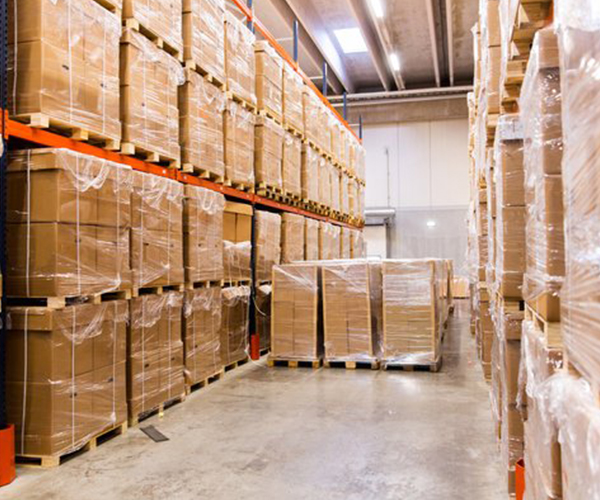Warehousing can be defined as the process of storing goods that can be distributed later. Any place used for accumulating the shipments can be called a warehouse. These are some of the benefits of having a warehousing facility:
1. Regular production
For mass production to be carried on without any problems, raw materials must be stored safely. Also, sometimes the goods are stored expecting a rise in prices. Warehousing allows the manufacturer to produce goods in anticipation of more demand in the near future.
For mass production to be carried on without any problems, raw materials must be stored safely. Also, sometimes the goods are stored expecting a rise in prices. Warehousing allows the manufacturer to produce goods in anticipation of more demand in the near future.
2. Storage of surplus goods
A warehouse is a safe store of surplus goods which are not immediately required. The goods are often produced expecting demand and need to be preserved properly until the customers demand them again. Many manufacturers store goods in a warehouse that are not immediately required but will help them meet the demand in future.
A warehouse is a safe store of surplus goods which are not immediately required. The goods are often produced expecting demand and need to be preserved properly until the customers demand them again. Many manufacturers store goods in a warehouse that are not immediately required but will help them meet the demand in future.
3. Time utility
By bridging the time gap between the consumption of goods and production, warehousing helps create time utility. It has proven useful to make goods available whenever and wherever required or demanded by the customers. For example, some goods such as raincoats, umbrellas, heaters, or wool are produced throughout the year, but the demand only occurs during a particular season. However, other goods such as rice, potatoes, liquor, or jaggery are demanded throughout the year but are produced in certain regions. Warehousing is a huge help in these cases.
By bridging the time gap between the consumption of goods and production, warehousing helps create time utility. It has proven useful to make goods available whenever and wherever required or demanded by the customers. For example, some goods such as raincoats, umbrellas, heaters, or wool are produced throughout the year, but the demand only occurs during a particular season. However, other goods such as rice, potatoes, liquor, or jaggery are demanded throughout the year but are produced in certain regions. Warehousing is a huge help in these cases.
4. Price stabilization
Storing goods when the supply exceeds the demand and releasing them when the demand is more than the immediate production, warehousing has proven useful in reducing the fluctuations in prices. This ensures a regular supply of goods in the market. This matching of supply with demand helps in stabilizing the prices of goods.
These are some of the benefits of warehousing facilities. Hire the best services for storing your goods.
Storing goods when the supply exceeds the demand and releasing them when the demand is more than the immediate production, warehousing has proven useful in reducing the fluctuations in prices. This ensures a regular supply of goods in the market. This matching of supply with demand helps in stabilizing the prices of goods.
These are some of the benefits of warehousing facilities. Hire the best services for storing your goods.



Leave a comment